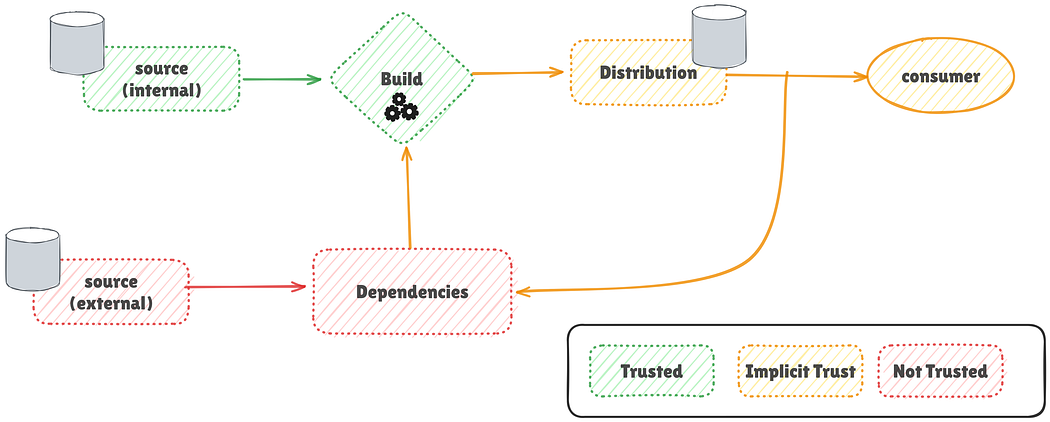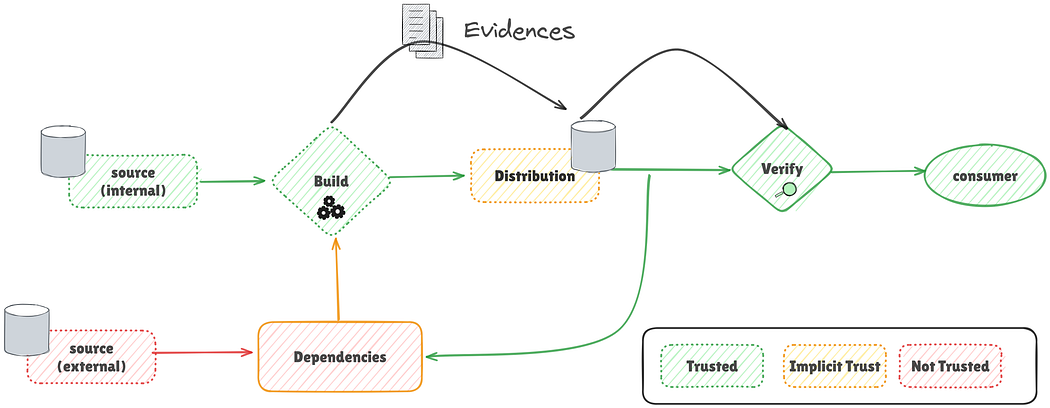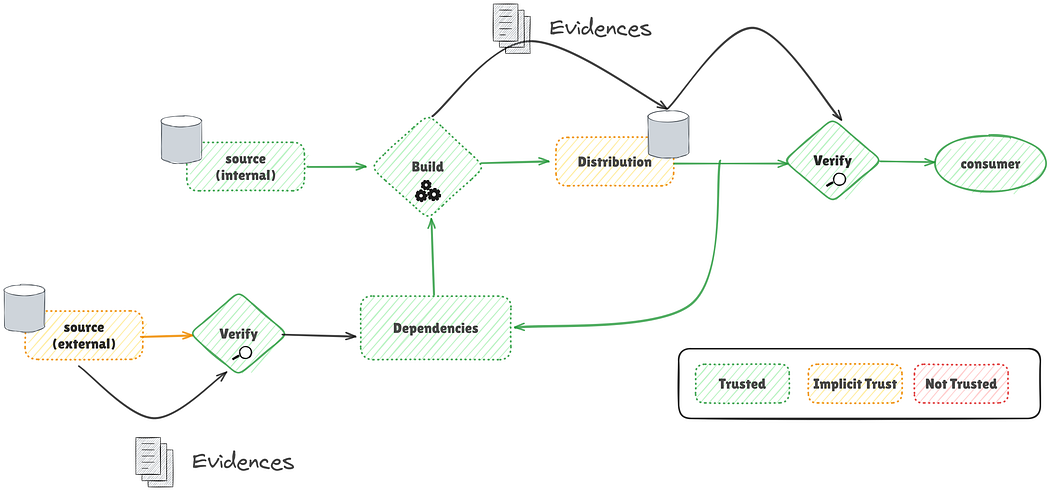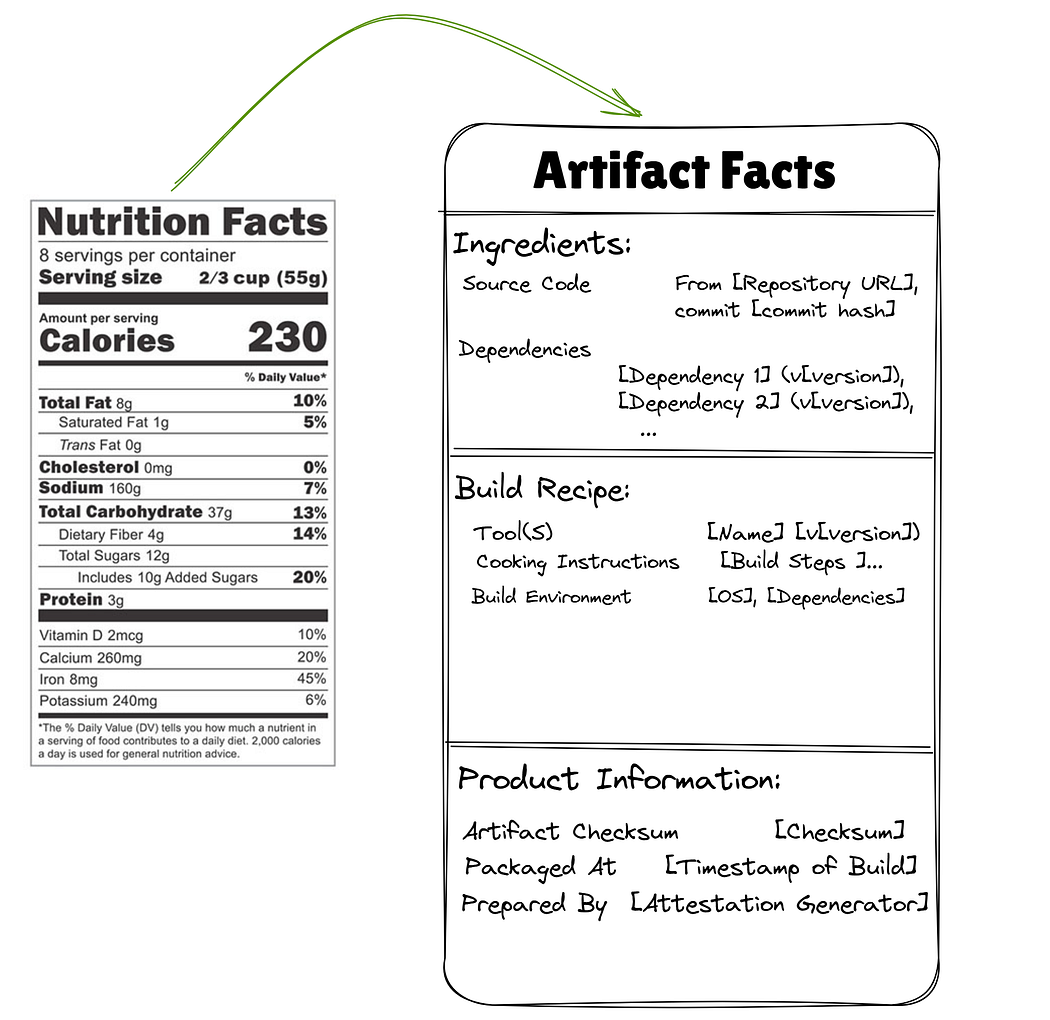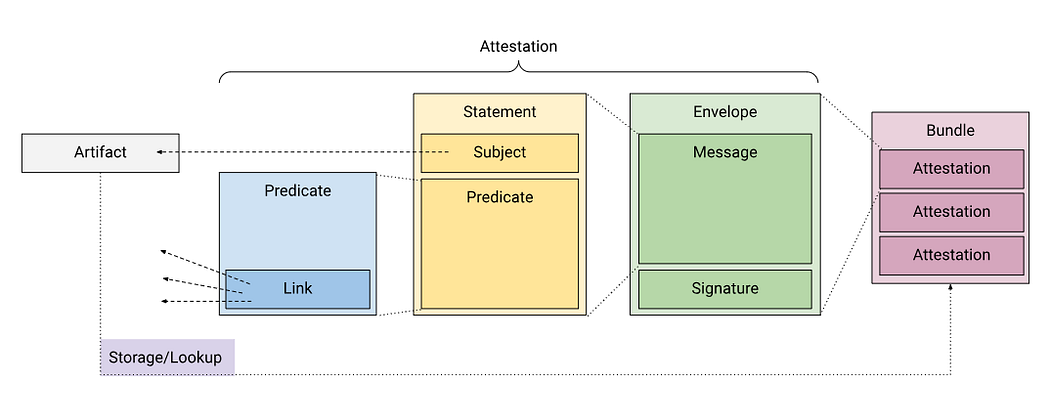Permanent vs. Ephemeral Kubernetes Environments: A Comprehensive Guide
Summary
In this article, I delve into the critical distinctions between permanent and ephemeral Kubernetes environments, offering a comprehensive guide for navigating their respective advantages and disadvantages within the Software Development Life Cycle (SDLC). You will discover how ephemeral environments can significantly enhance your development workflow, particularly through the strategic adoption of Kubernetes and robust Infrastructure-as-Code (IaC) practices.
I discuss the common pitfalls associated with solely relying on permanent test environments, such as increased operational costs and the creation of inter-team dependencies that can hinder agile development. Traditional permanent environments, while seemingly straightforward, can introduce bottlenecks and lead to inefficiencies, acting more like a Waterfall model than an Agile one. I explain why maintaining multiple permanent test environments like staging or UAT, which are not continuously utilized, results in wasted resources.
Conversely, I highlight the transformative potential of ephemeral environments. These on-demand environments, whether feature branch environments for isolated testing or pull request environments for streamlined code reviews, allow developers and testers to create precise, short-lived instances for specific tasks. This approach enables rapid iteration, reduces conflicts, and ultimately accelerates your deployment frequency. I also emphasize how ephemeral environments facilitate crucial activities like load testing, which might otherwise be overlooked due to environmental complexities.
A key takeaway from my analysis is that embracing ephemeral environments is a strong indicator of Operational Excellence. It necessitates a commitment to consistent and reproducible automation, where your Infrastructure-as-Code and GitOps principles are rigorously tested. While Kubernetes provides a solid foundation for this by enabling environment isolation through namespaces and configuration management with tools like Kustomize or Helm, I also address the challenge of provisioning external, shared resources like databases and caches. I explore solutions such as using Terraform modules or Kubernetes Operators like CrossPlane to seamlessly provision these necessary cloud resources, advocating for a holistic platform design where applications are environment-agnostic.
Ultimately, I argue that while there’s an initial investment in establishing the provisioning processes for ephemeral environments, the long-term benefits in terms of cost efficiency, reduced risk, and accelerated delivery make them the logical choice for modern software development. This shift moves you away from the constraints of traditional fixed environments towards a truly agile and dynamic infrastructure.






